Google’s designers on why the Pixel Fold isn’t just another foldable
Ever since the release of the original Galaxy Fold back in 2019, Samsung has basically enjoyed a monopoly on big handsets with bendy screens. But with the imminent arrival of the Pixel Fold later this month, Google is hoping to break that stranglehold. That said, with Samsung having already released four generations of its flagship foldable, Google can't afford to simply iterate on a rival's design. In an interview ahead of the Pixel Fold's release, two of Google’s product managers (PM) — George Hwang and Andrea Zvinakis — sat down to shed some insight on why now, what the company is doing differently, and how its upcoming flexible phone will impact future devices.
The first thing I noticed during my hands-on was the Pixel Fold’s shape. Instead of having a long and skinny baton-like chassis similar to the Galaxy Z Fold 4, Google opted for a wider frame shaped more like a passport, which was an intentional decision by Google. Hwang, who is a PM on the Pixel Fold team told me that “when we talk about the Pixel Fold, we often talk about the outer display first.”
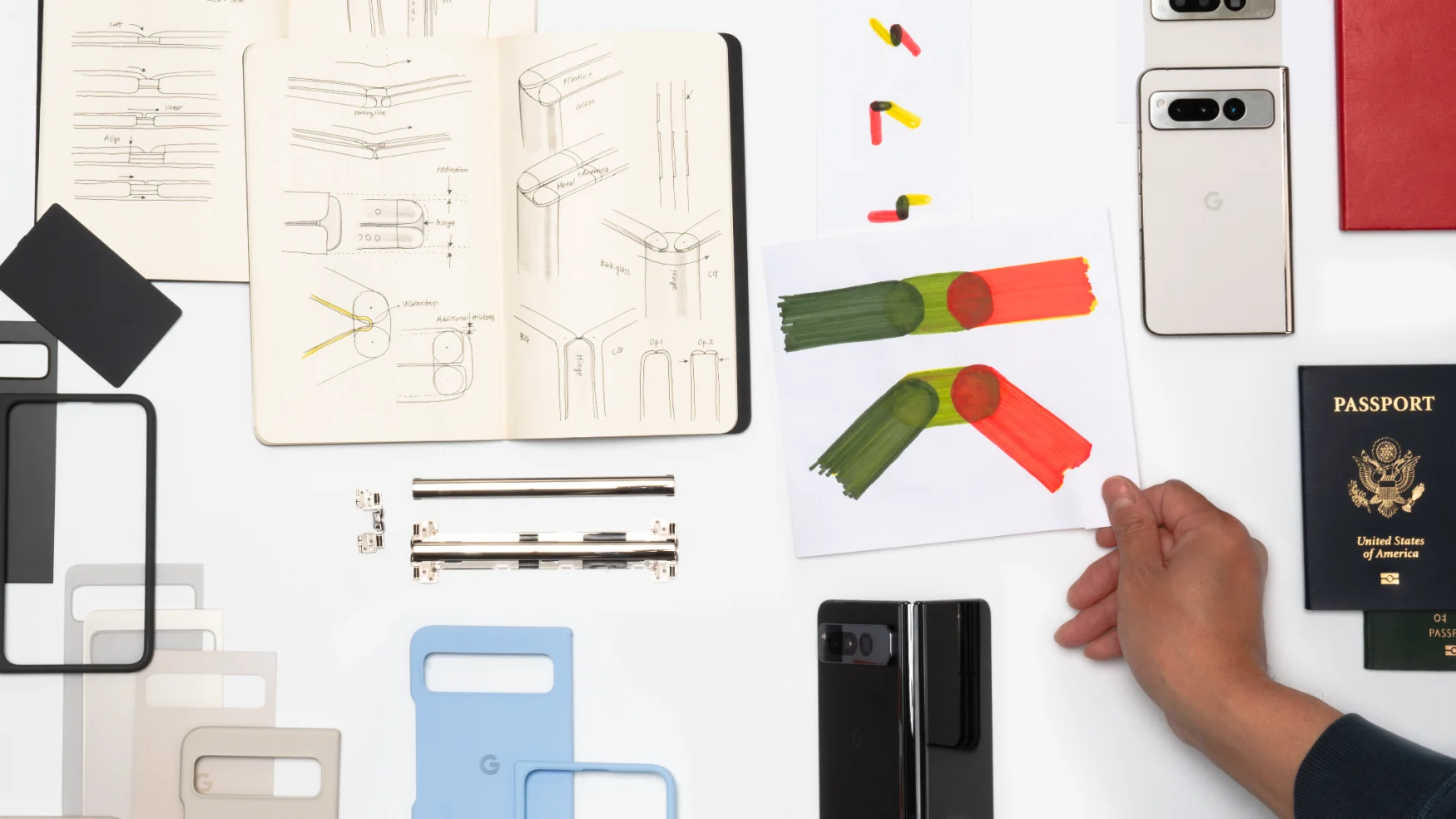
Hwang says the reason for this is that more than 50 percent of interactions people have with their phones are less than two minutes long — things like texting a friend, changing a song or simply setting an alarm. “Our focus on form factor was critical and quite intentional to make sure that we offered a usable exterior display, such that you could use the phone like you want to.”
While using the Pixel Fold’s outside display like you would a regular phone might sound kind of obvious, it was also a bit of a surprise. Typically, when people discuss foldables, much of the attention is reserved for that fancy flexible screen on the inside. But more importantly, that touches on a few of Google’s overarching design goals for the Pixel Fold: Being able to use it like a regular handset even when you’re only using it closed, allowing users to open the Fold to augment their experience and then making sure that even though it's a larger device, it’s still a feasible daily driver.

As for using that big interior display to enhance the device’s capabilities, it feels like much of the Pixel Fold’s potential lies in the marriage between hardware and software. As someone who works on Google’s Android platform team, Zvinakis highlighted the importance of continuity and posture for the Pixel Fold. “If we were just designing for tablets, you could just create one large screen, he said, “whereas for foldables you’re often unfolding to continue a session.”
When designing an app or UI for a foldable device, Google needs to consider things like buttons or other elements that may fall in the Pixel Fold’s crease. But it also means being able to open the device without losing your place, which often feels like an elusive goal. But when it works, it provides a sense of instant adaptability that you just can’t get from a traditional phone.
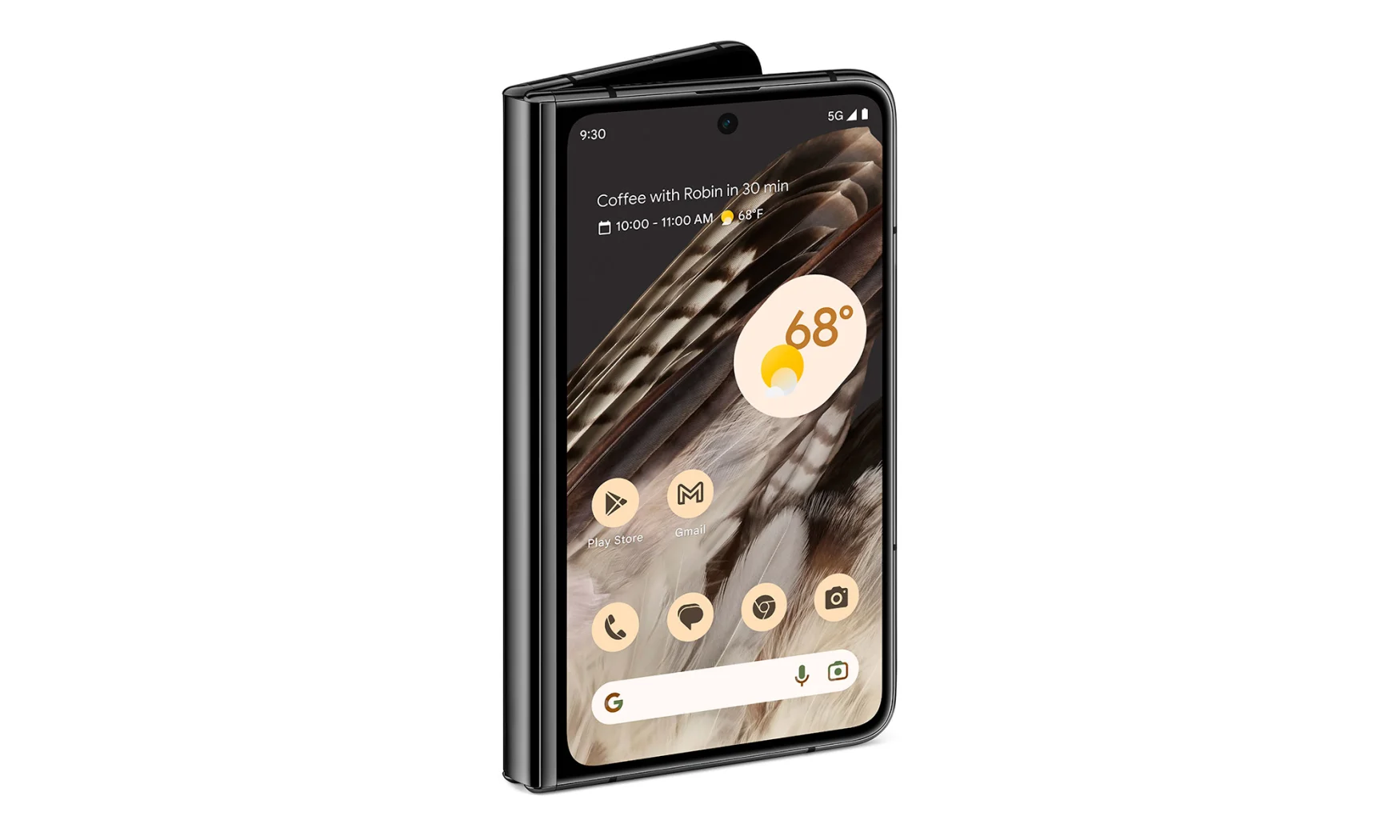
Continuity also impacts posture, which is the position of the phone’s screen from open to closed and every angle in between. Due to the Pixel Fold’s flexible design, not only does Google need to track how the device is oriented, it’s important to anticipate how components like the phone’s cameras and UI adjust and move and behave depending on its posture. “We want there to be a user benefit to unfolding the device rather than just seeing an expanded phone layout,” Zvinakis said. “That's why we created things like dual shade for notification that leverages both sides of the display.”
But what’s even more exciting is how Zvinakis says posture detection can unlock entirely new use cases like dual-screen interpreter mode on the Pixel Fold. This allows users to hold the phone in a position so that two people can see a different language get translated in real-time — each with their own display — which cuts down on the typical back and forth that happens when everyone has to share a single screen. And while we’ve seen some other novel uses of foldable phones like taking high-res selfies with the rear camera while using a phone’s exterior display, there are a growing number of functions available on foldable you simply can’t get when using a traditional glass brick.
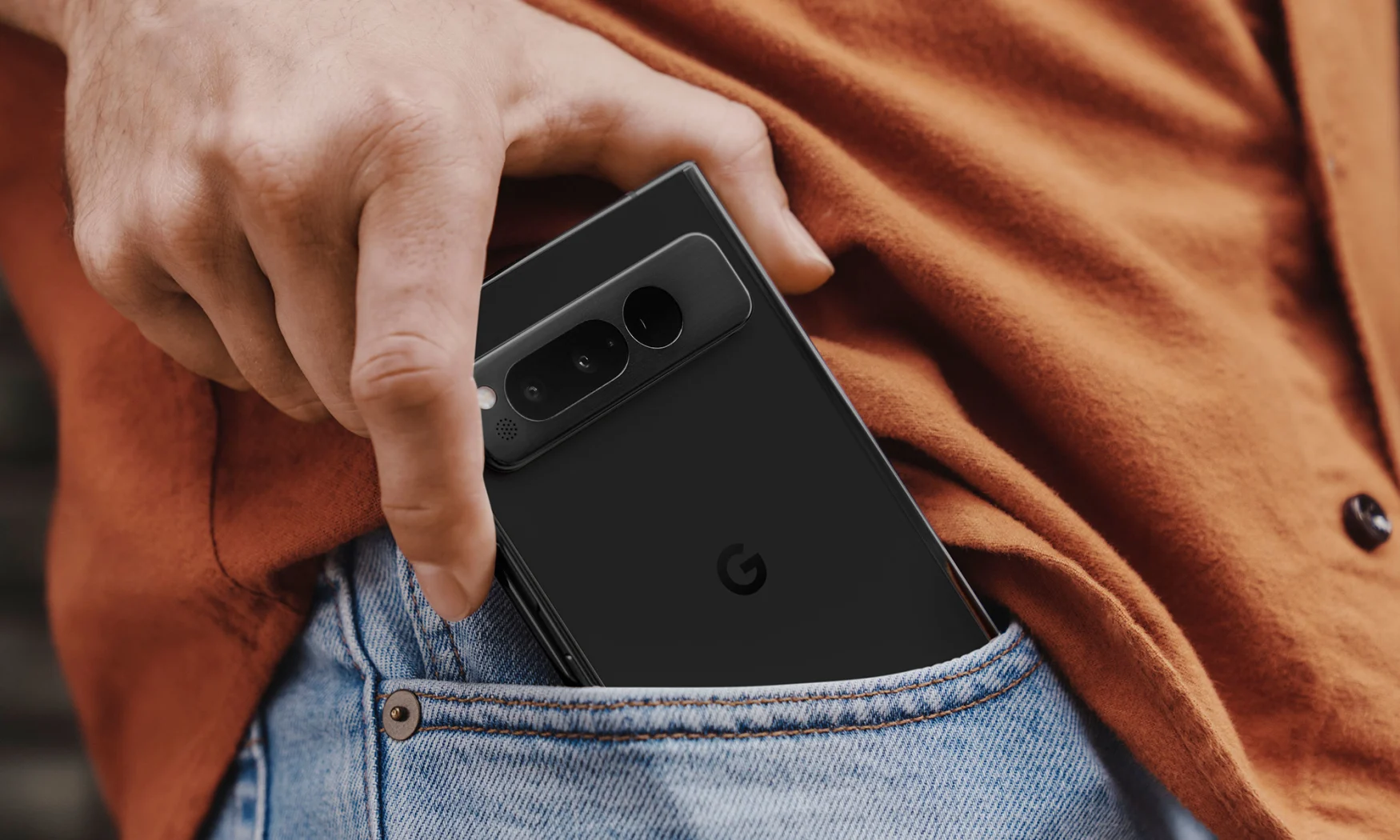
There are other elements that are needed for foldables to reach their true potential. Take, for example, the Fold’s taskbar, which needs to straddle the line between enabling short mobile interactions and more complex multitasking situations. “We launched a taskbar with Android 12L in March of last year and the first version was basically a pinned taskbar that you had to long press to hide and long press to show,” Zvinakis said. “But as we did more testing, users said they found that behavior a little clunky. So instead we refined it into a more transient taskbar where you can access it with a short swipe, drag any app into split-screen and then it automatically closes when you’re not using it.”
The big challenge is combining competing design elements, like the thinness of the device, while still supporting sophisticated components such as the phone’s 5x optical zoom. So to get over that hump, Hwang issued a challenge to the team to make a device that was more than just a collection of components: “If you don't want to use it every day, then it's not a device that we want to ship.”
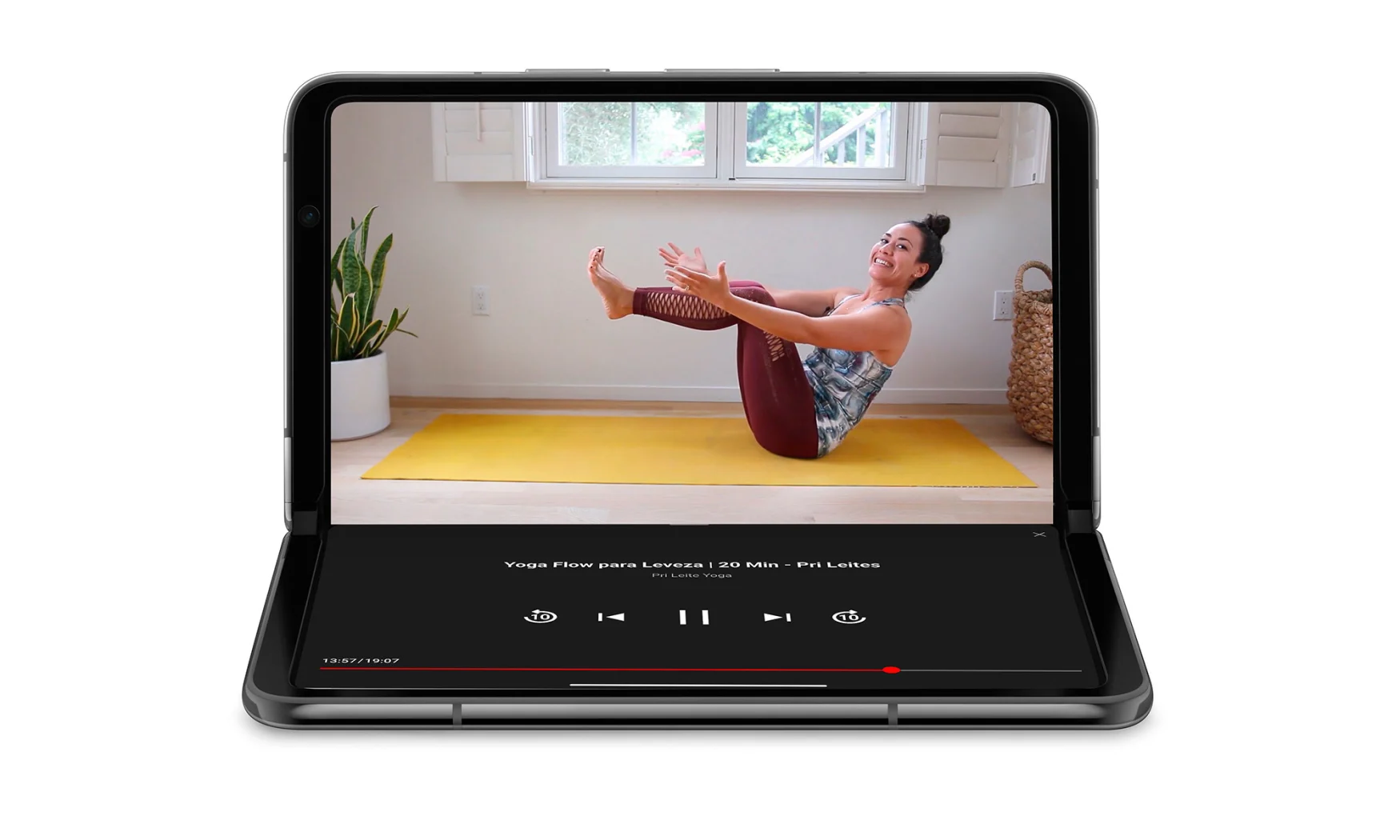
The quest for thinness is far more important for foldables than other phones. “We realized that if this thing was thick and bulky it's not something you'd really want to have in your pocket all day long,” Hwang said. “I think the thing that was a key enabler was the hinge. How the hinge is architected drives everything around the foldable display. It's kind of symbiotic.”
This was a somewhat unexpected revelation because, as someone who has owned multiple generations of the Galaxy Z Fold line, I thought the hinge issues had been solved after all the issues with the original model. “What you see in most foldables is that you'll have hinge mechanisms across the full length of the hinge at three to four different spots,” Hwang said. “But the thing is that now that you have hinge components in the middle of the device, that drives the thickness of what we call the stack and then you have the display on top.”
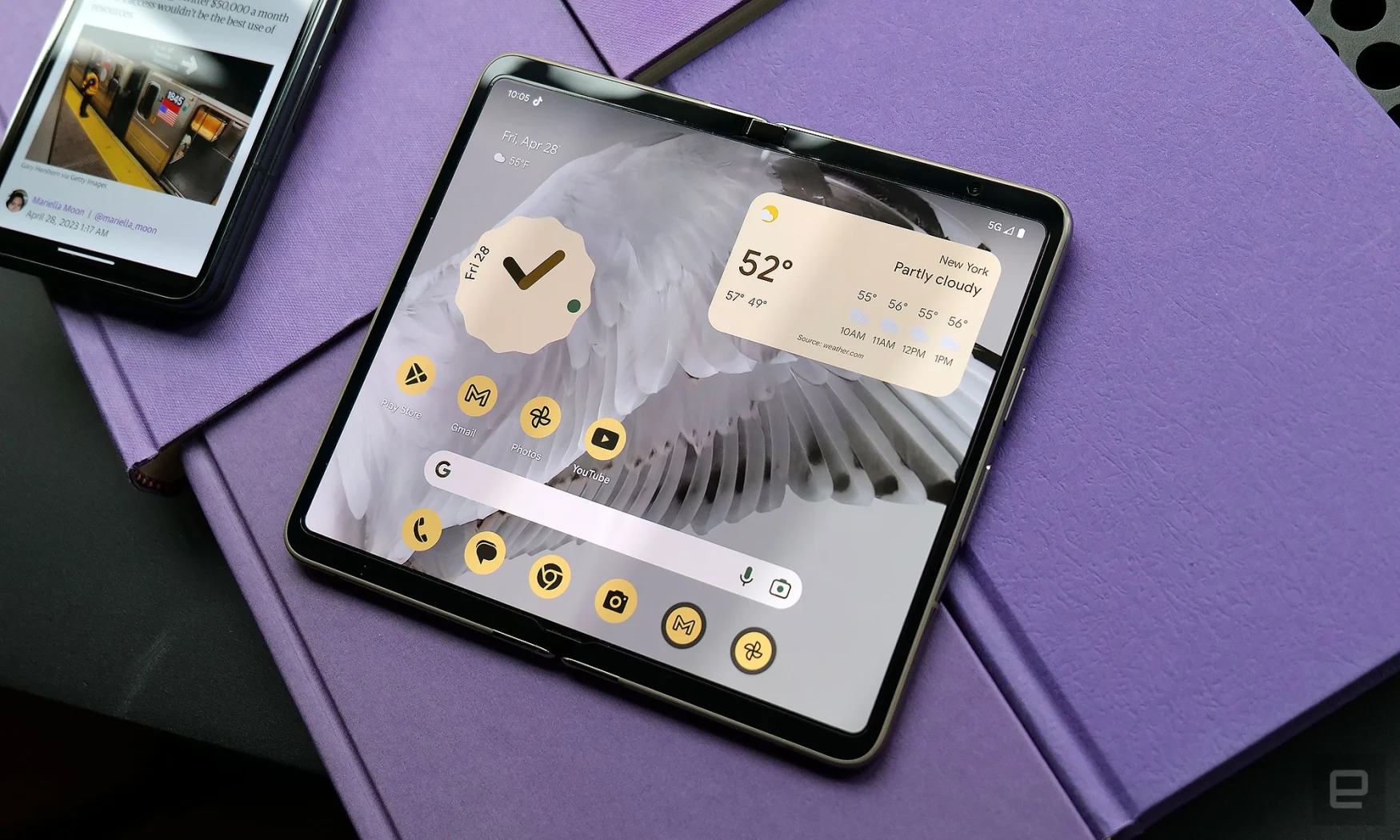
Photo by Sam Rutherford/Engadget
So Hwang thought “if those are the limiting factors, then is there a way we can creatively move those components somewhere else?” So in the end what the Pixel Fold team did was relocate the phone’s two hinges to the very edge of the device bringing it out of plane, which had a number of important effects. She says not only does this decrease thickness, “it also helps drive the largest delta between the outer 5.8-inch display and the interior 7.6-inch flexible interior screen.” On top of that, Google’s architecture helped address what Hwang calls fold geometry, which describes how the screen actually bends inside the hinge. “The hinge allows us to furl the display inwards, which lets the fold extend into that area to further drive down thinness,” she added. And while I’ve only used the Pixel Fold briefly so far, the result is rather spectacular, with Google able to make a phone that folds completely flat while still measuring less than 6mm thick (or just 12.1mm when closed).
Steps forward like Pixel Fold’s hinge and thinness don’t come without trade-offs. But, while its bezels are somewhat larger than Samsung’s, to Hwang it’s worth it. “The bezel gave us the opportunity to have an unadulterated display without the need for an under-display camera, which we thought was really cool.” It also gave Google more leeway to improve the Pixel Fold’s general durability, which includes an IPX8 rating for water resistance. “Plus, there’s the ergonomics of it, with the larger display bezels offering a resting area for your hands,” she said
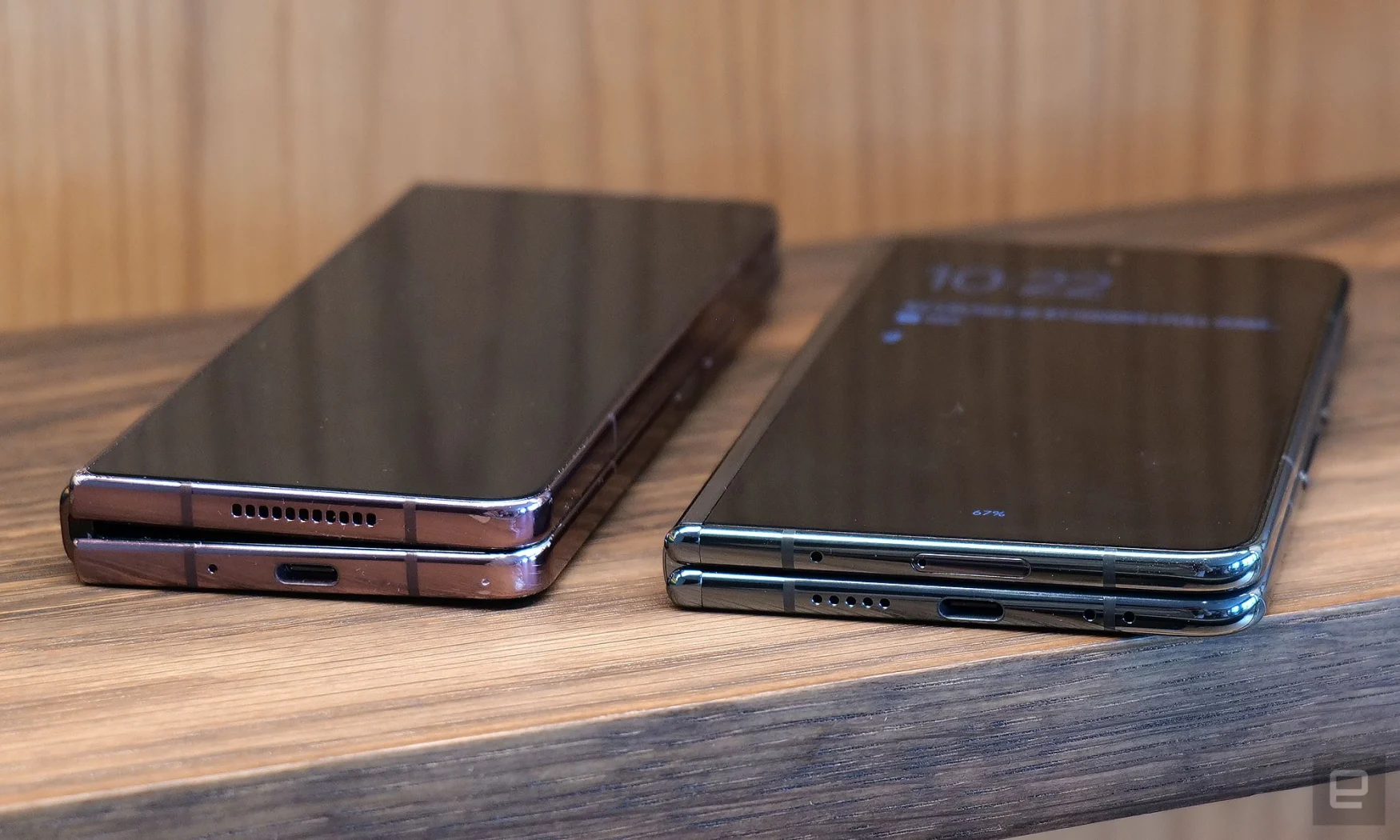
Photo by Sam Rutherford/Engadget
Hwang said dealing with the inevitable crease in the Pixel Fold’s display was another balancing act, one that he still thinks about on a regular basis. “It’s unappealing, but the bigger question is how do we mitigate the crease? How do we minimize it?” Eventually, what Google decided on was a hybrid approach that produces a fold that’s more of a miniature water drop that runs the length of the screen instead of a full crease, which reduces its appearance while also preventing unsightly trenches from forming over time.
Still, as impressive as the Pixel Fold’s design is, after talking to Google product managers, I feel like it has an even more important job serving as an ambassador for future foldables and as a flagbearer for forward-thinking software features in Android alongside newly optimized apps. That’s because in addition to the device itself, the Pixel Fold is also ushering a fresh set of resources to help app makers optimize their work. Zvinakis said, “the key ways we do that are through developer guidelines, developer tooling and easy-to-use libraries.” These things dictate support for features like adaptive resolutions, landscape orientation, multitasking behavior and more. There are even separate tiers denoting how much a developer has done to support foldable-friendly features along with sample configurations available in the Android Studio emulation environment. “We're about to launch physical device streaming for these Google devices in Android studio, which basically means that developers can see how their apps run on Google-hosted Pixel Fold and Pixel Tablet devices, but right from your IDE (integrated developer environment). We just want to make it really easy for developers to test on these new products.“
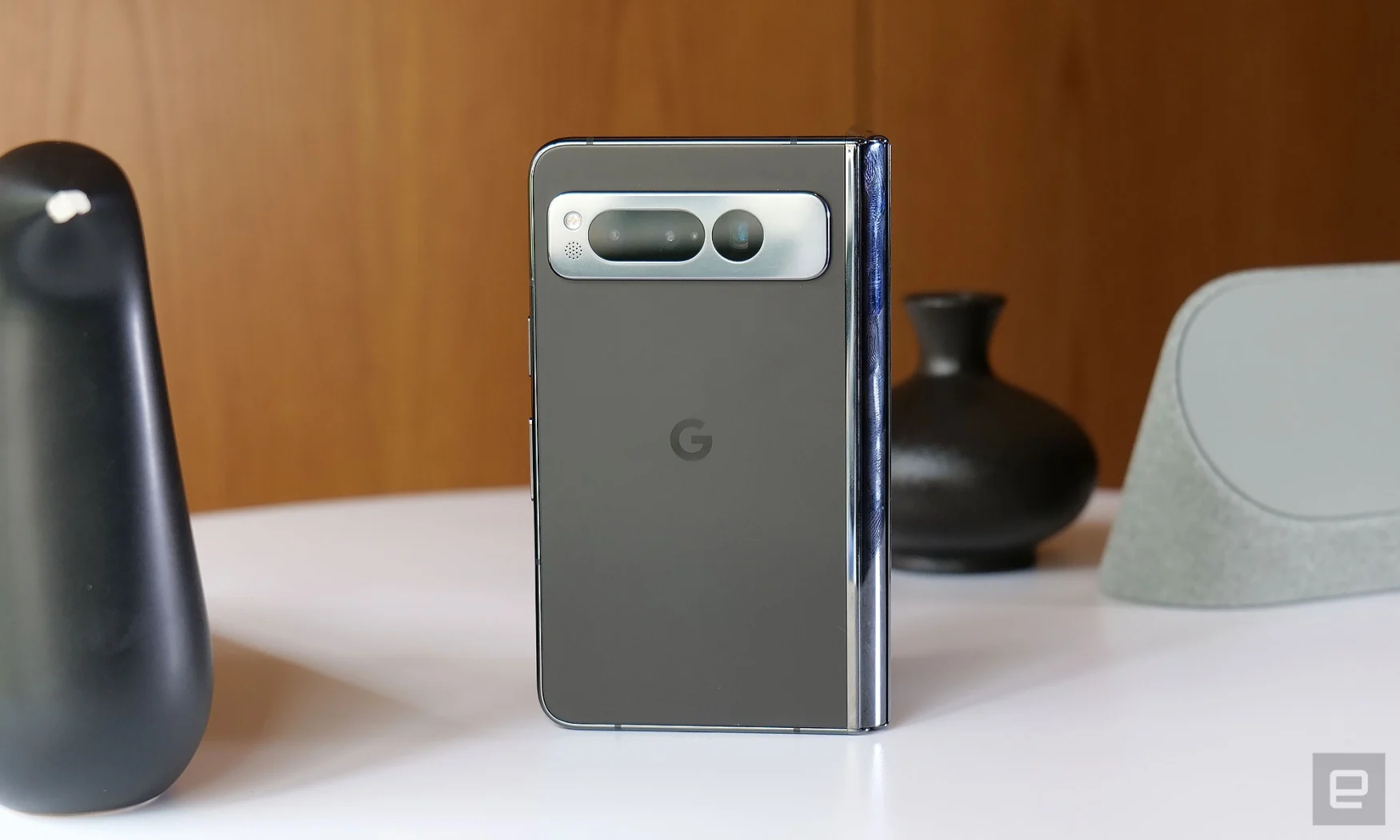
Photo by Sam Rutherford/Engadget
To make sure these apps are easier for users to find, Zvinakis says Google will begin showcasing “really high-quality apps more prominently in the Play Store, including screenshots that show new foldable-specific features.” And all of this is coming with a slate of more than 50 first-party Google apps that have been optimized for foldables, something that both Hwang and Zvinakis said was no easy feat. In this way, the Pixel Fold not only serves as a testbed for future devices, but also for Google’s evolving software design.
Unfortunately, the team behind the Pixel Fold hasn’t been able to overcome every hurdle that might prevent someone from hopping on the flexible phone trend — particularly its $1,800 price). But even with the Fold serving as the company’s first go at the category, it’s clear Google is bringing a ton of new ideas to the space, both in terms of hardware and software. It’s slim, it’s sleek and, unlike the Z Fold 4, the Pixel Fold delivers the same great camera experience that you get on the Pixel 7 Pro. It remains to be seen how well it will sell but, with Samsung’s Z Fold basically treading water the past couple years, the Pixel Fold’s arrival couldn’t come at a better time.

